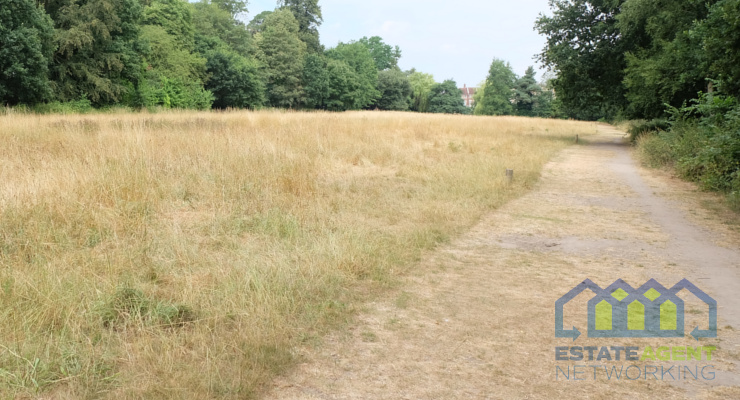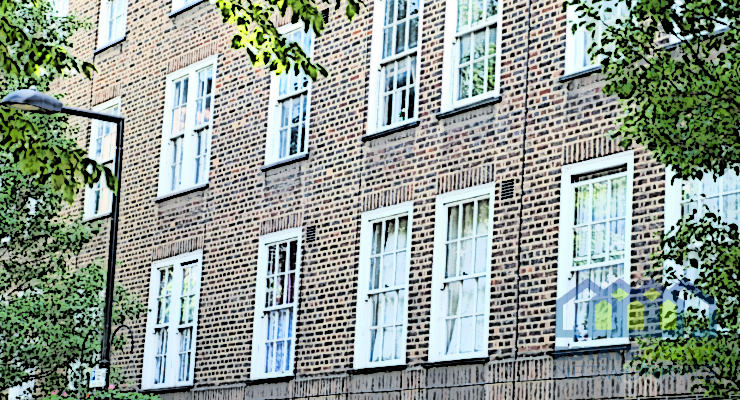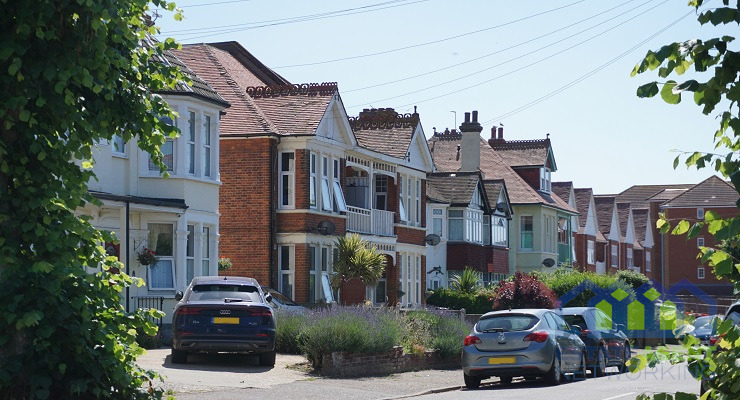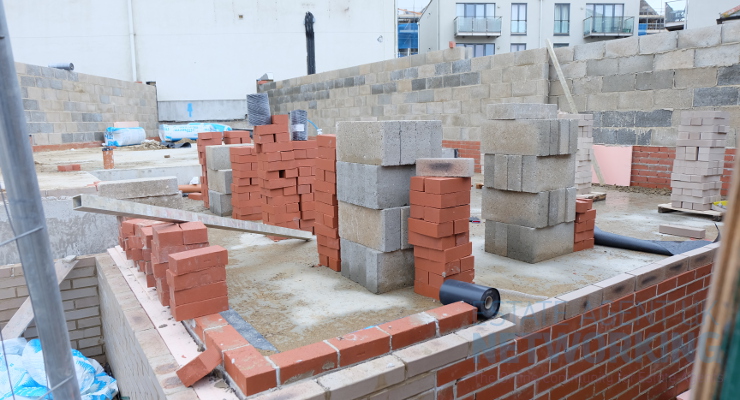SMEs need a ‘Medium sized site’ without area thresholds
July 9, 2025
The Government’s ‘Planning Reform Working Paper: Reforming Site Thresholds’ proposes a ‘Medium’ sized site threshold of 10 to 49 homes, a definition which has won considerable plaudits across the small and medium sized (SME) housebuilding industry.
However, the definition also includes a maximum area measurement of 1 hectare area size, which SME housebuilders express as inappropriate because Local Planning Authorities (LPAs) already set locally acceptable density policies and the increasing policy and development requirements on land use, such as drainage, biodiversity, grid, sewerage, active travel, mean sites regularly go over 1 hectare.
The consequence of an area-based threshold means that many SMEs would miss out on the Medium sized site definition, alongside its introduction of planning proportionality.
Michael Parinchy, Construction Manager at ProBuild 360 Ltd and HBA Chair, said:
“With minimum densities, housing mix policies, and other obligations like BNG, highways, SUDs etc, hectares, or other area measurements, are not a good metric to determine site size category.
For SMEs, the commercial viability of a development is calculated using plot numbers, so to use other thresholds and measurements would be a misunderstanding of how things work at this scale and counterproductive to the real-world activation of the SME housebuilding sector.”
In ‘Size ‘still’ Matters: Dwellings Matter more’ we build on our ‘Size Matters’ report 2025 – which introduced four site size thresholds alongside our seven-year campaign for a ‘Medium’ sized site – to explain why our proposals did not include measured area thresholds and why the Government’s future consultation on a ‘Medium’ sized site should follow that lead.
Focusing exclusively on ‘Medium’ sized sites, ‘Size Still Matters’ explores:
- LPA responses to the NPPF consultation which introduced the 1-hectare limit
- Whether that subsequent NPPF policy to support SMEs and smaller sites succeeded
- How Local Plans, supported by national policy, already shape locally appropriate dwelling per hectare (dph) levels.
- Explores how housing developments are giving over more land for non-residential needs, and why that land take is increasing.
- What type of projects are most likely to benefit from the proposal as currently conceived.
- Why most SMEs will not benefit from an area-based measurement.
Rico Wojtulewicz, Head of Policy and Market insight for the NFB and House Builders Association (HBA), said:
“We are incredibly grateful that the Government has listened to industry by recognising the dwelling numbers that SMEs typically deliver on single sites. However, the inclusion of a measured area threshold risks excluding most SMEs from the proportionate planning reforms associated with a Medium sized site, and so our report ‘Size Still Matters’ illustrates why that is and why it is not needed.”
You May Also Enjoy
Strong rental supply continues amid seasonal slowdown in demand
Rental supply remained resilient in October, continuing the strong trend seen throughout 2025. Overall, year-to-date figures show new listings up 10% compared with last year, highlighting a sustained improvement in market supply. Average rents edged down by 3% in October 2025 compared with September 2025, settling at £575 per week. This slight dip aligns with…
Read More Why Choose Wooden Blinds for Your Home?
When it comes to selecting the right window treatments for your home, wooden blinds have long been a popular choice for many homeowners. They not only offer a classic and timeless aesthetic but also provide practical benefits such as durability, versatility, and eco-friendliness. If you’re looking for window coverings that combine style with functionality, wooden…
Read More Falling rates and rising wages ease first-time buyer challenge
Typical first-time buyer home now costs 5.9 times average earnings – the lowest ratio since 2015 Average monthly mortgage payment is now £1,087 – around £259 less than renting Inverclyde in Scotland is the most affordable location in Britain, Kensington and Chelsea in London the least affordable Amanda Bryden, Head of Mortgages, Lloyds: “Lower mortgage…
Read More Mansion Tax on Homes over £2 million
Comment on Mansion Tax being introduced for homes over £2 million and £5 million from April 2028 Colleen Babcock, Rightmove’s property expert says: “The property market needs less taxation not more, to encourage and enable movement. Today’s announcement of a Mansion Tax could lead to some distortion at the top end of the market, particularly…
Read More Autumn Budget 2025: Property Industry Reacts
The Autumn Budget has confirmed a series of major housing and property tax reforms that will reshape the market over the coming years. The measures place particular emphasis on higher value homes, revised council tax structures and long term planning reform. Below is a breakdown of the announcements that directly affect the property market, together…
Read More Solutions to fix construction skills
The Centre for Social Justice (CSJ) has released a report titled, ‘Skills to Build: Fixing Britain’s construction workforce crisis.’ After speaking to several organizations and having roundtables to garner a wide understanding of the sectors’ perspectives and needs, they have proposed twenty six recommendations that will fix the issues underpinning the skills crisis. Richard Beresford,…
Read More 








